----
Artist Of The Day - Dave Kinsey
// PROTEUS MAG
See more at - www.kinseyvisual.com
----
Shared via my feedly reader
Sent from my iPad
Abstraction is a key part of how you paint or draw anything. It is seeing completely with the eye, and not allowing the brain to contextualize what we are seeing. But turning off the brain is no small task! I've found that painting with acrylics has given me a bit of insight into abstraction for two reasons: when painting with acrylics, each layer dries fast--so I can practice seeing (and painting) abstractly over and over again in a fairly short period of time. Also, the paints are opaque, so gesture comes more strongly to the fore in any work because it is much less about blending than about making successive layers work together.
 |
| Earth and Shade II by John Harrell, acrylic painting. |
As I've confessed before, I'm usually a slowpoke ditherer when it comes to painting, largely due to the intimidation factor. When painting with acrylics, I found my speed because those paints dry fast! But that means that as soon as they do, I can go in again. I really enjoy the fact if I try to paint a figure or aspect of the landscape too literally, I can wait a few minutes, assess what I've done, and experiment more abstractly right then and there.
 | ||
| Sun Lovers by John Harrell, acrylic painting. |
Artists featured in the latest issue of Acrylic Artist put abstraction and acrylic painting techniques together in compelling ways. They explore how to take aspects of art that are the most interesting and merge them to create appealing compositions and beautifully painted surfaces that can be appreciated abstractly and on the basis of representation. Enjoy!

Plein air watercolor painter Stanislaw Zoladz exposes the sometimes hidden beauty in commonplace scenes, capturing captivating light effects and the lush contrasts between water, snow, rocks and buildings. In the December 2014 issue of Watercolor Artist, the artist discusses everything from the challenges of painting large to the joys of sketching on-site and the estimable Anders Zorn (Swedish, 1860-1920).
The post Atmospheric Watercolor Landscape Paintings appeared first on Artist's Network.
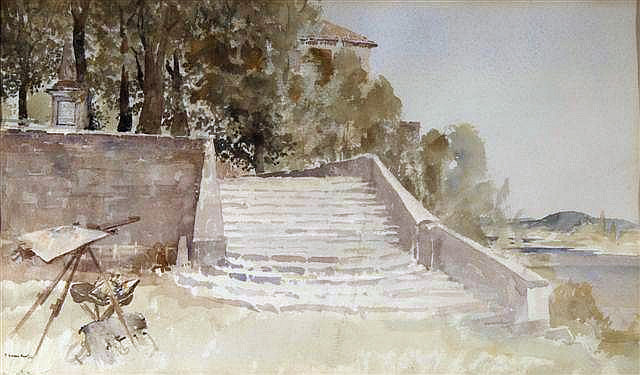 |
| Francis Russell Flint (1915-1977) 'Steps in the Sun ' St. Jean - de - Cole' |

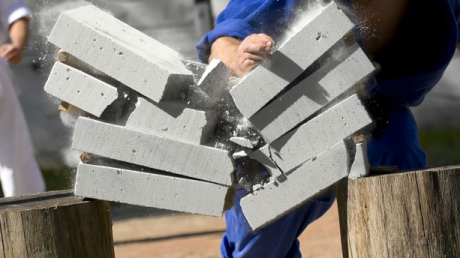 Self-control researcher Roy Baumeister led a groundbreaking study in 1996. People were led into a room which smelled of just-baked chocolate chip cookies. Then, cookies and chocolates were brought out for them to see. And finally, some participants were given two cookies to eat, but not all of them. One group of people was given raw radishes to eat instead! Poor souls. On a subsequent impossible puzzle designed to test a person's persistence, those who ate radishes were found to last less than half as long and took just over half the number of attempts as those who ate the cookies. (source) Willpower is an important part of changing yourself for the better—it's what helps you drag yourself out of bed at 6 AM for a morning workout; it also helps you resist chocolate chip cookies. But using willpower comes at a cost that was seen in this study—it's not unlimited. Since our willpower can be low at times when we most need it, here are four scientifically-backed ways to increase your willpower.
Self-control researcher Roy Baumeister led a groundbreaking study in 1996. People were led into a room which smelled of just-baked chocolate chip cookies. Then, cookies and chocolates were brought out for them to see. And finally, some participants were given two cookies to eat, but not all of them. One group of people was given raw radishes to eat instead! Poor souls. On a subsequent impossible puzzle designed to test a person's persistence, those who ate radishes were found to last less than half as long and took just over half the number of attempts as those who ate the cookies. (source) Willpower is an important part of changing yourself for the better—it's what helps you drag yourself out of bed at 6 AM for a morning workout; it also helps you resist chocolate chip cookies. But using willpower comes at a cost that was seen in this study—it's not unlimited. Since our willpower can be low at times when we most need it, here are four scientifically-backed ways to increase your willpower. The post 4 Science-Backed Ways To Have More Willpower appeared first on Pick the Brain | Motivation and Self Improvement.
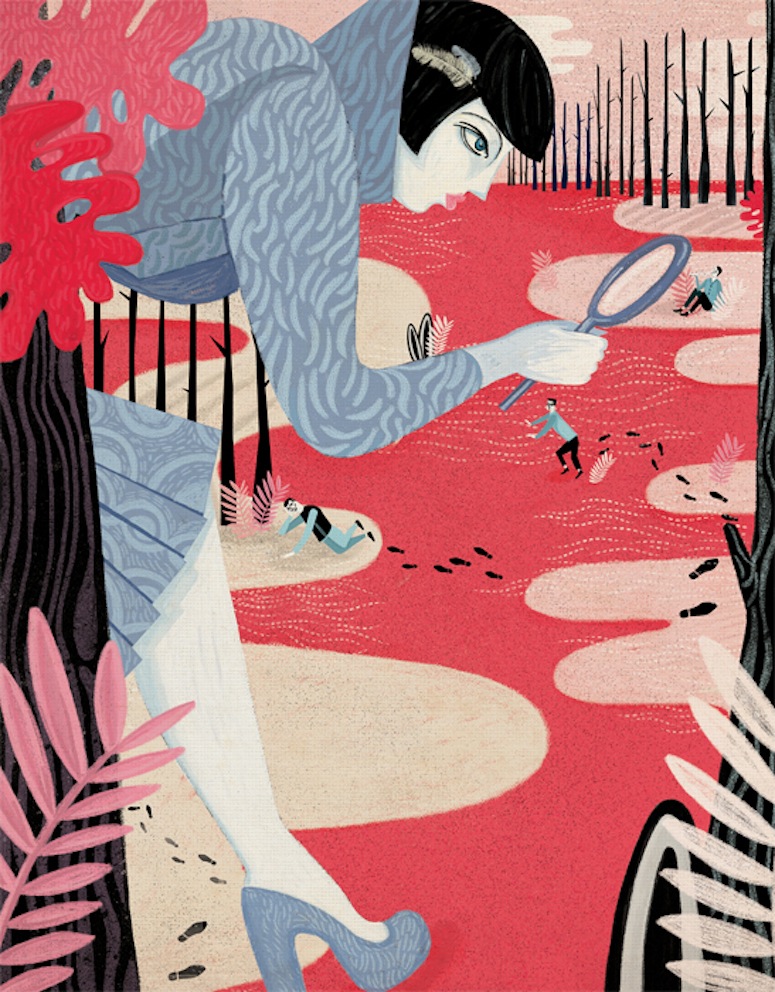
Gosia Herba is a Polish illustrator whose editorial images feature larger-than-life women, reflections that have a mind of their own, and other surreal situations. It's this, coupled with her vintage-inspired style (even some elements of Cubism thrown in there!), that initially drew me to her work.
I love illustrations that offer me something beneath the surface. Goisa's work looks wonderful, but it's also strange and a little dark, and it leaves a lasting impression on me.
(H/T my pal Perrin)
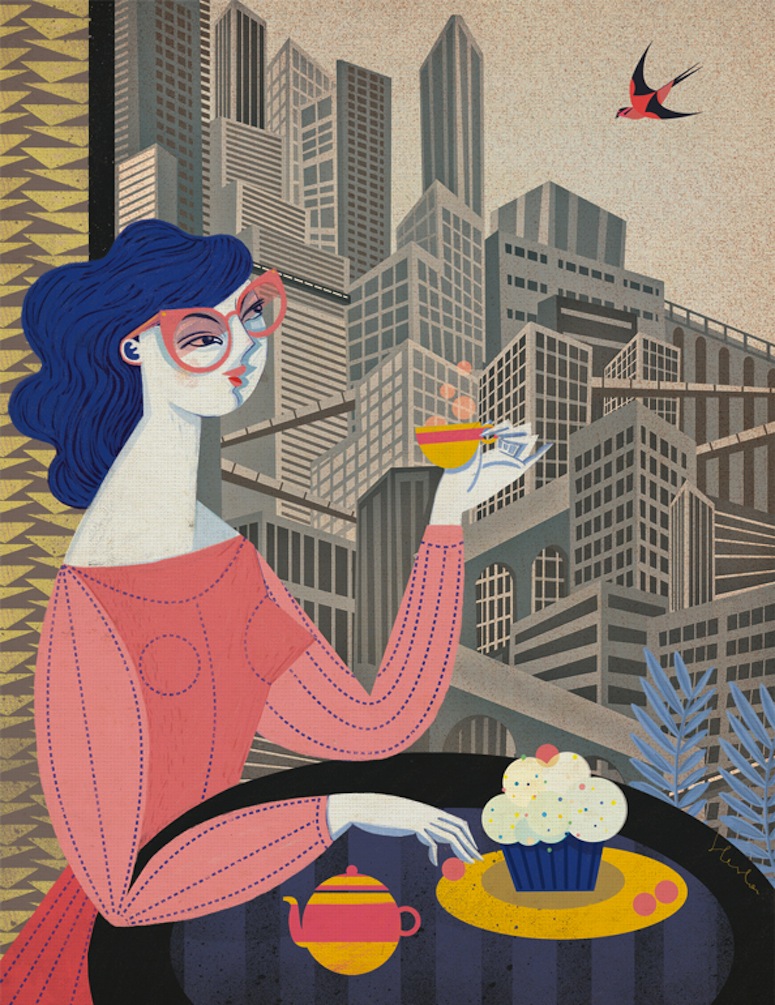
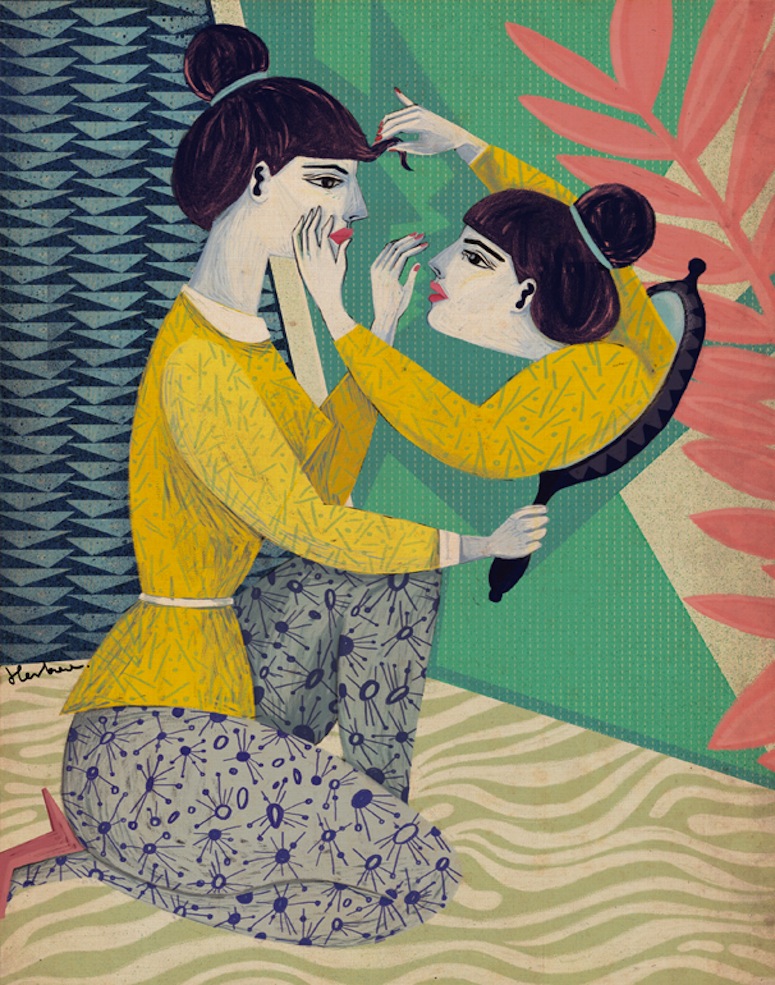
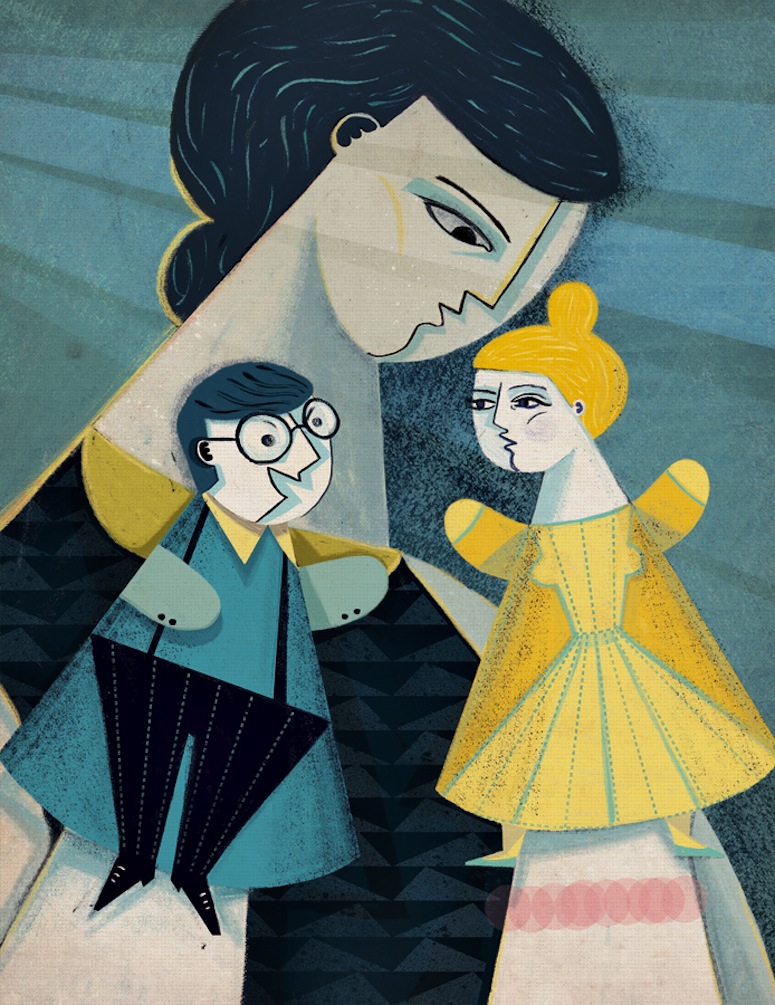
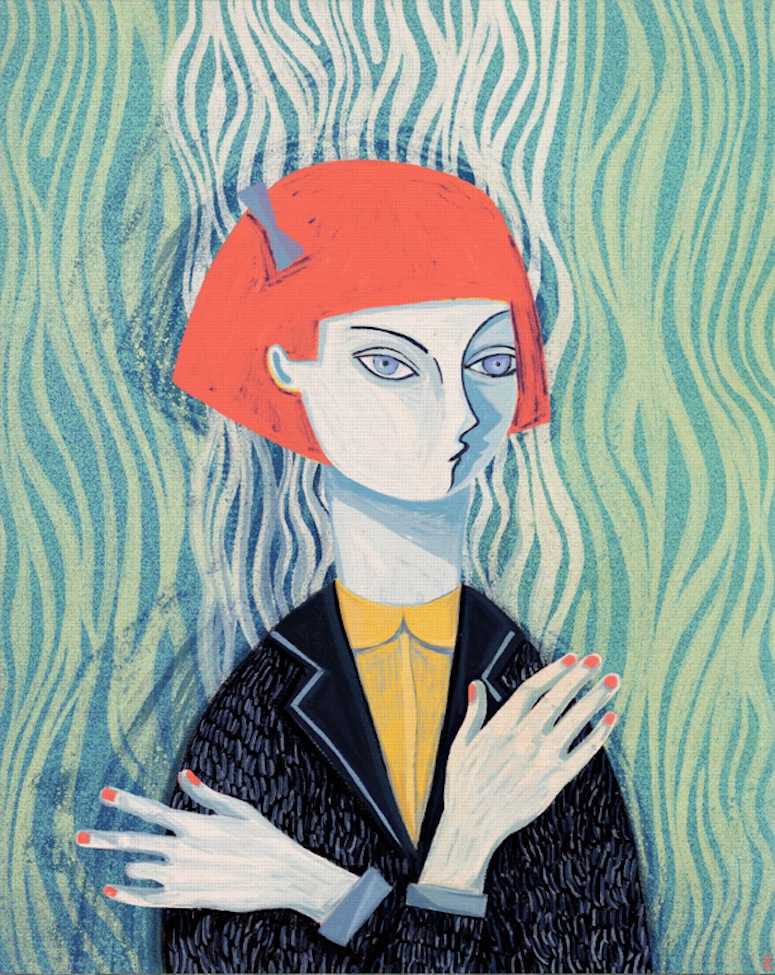
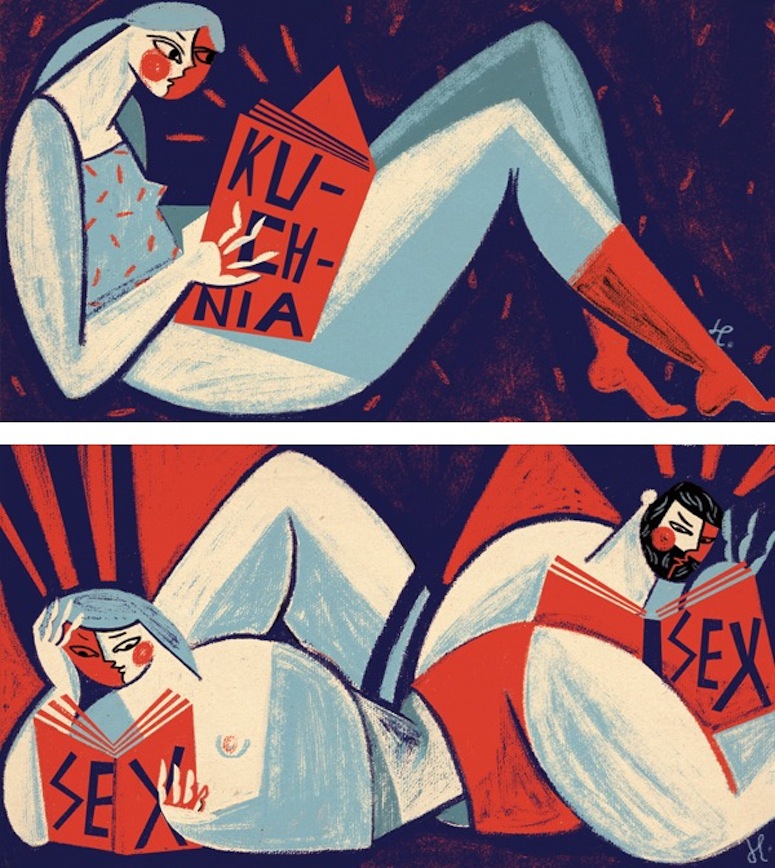

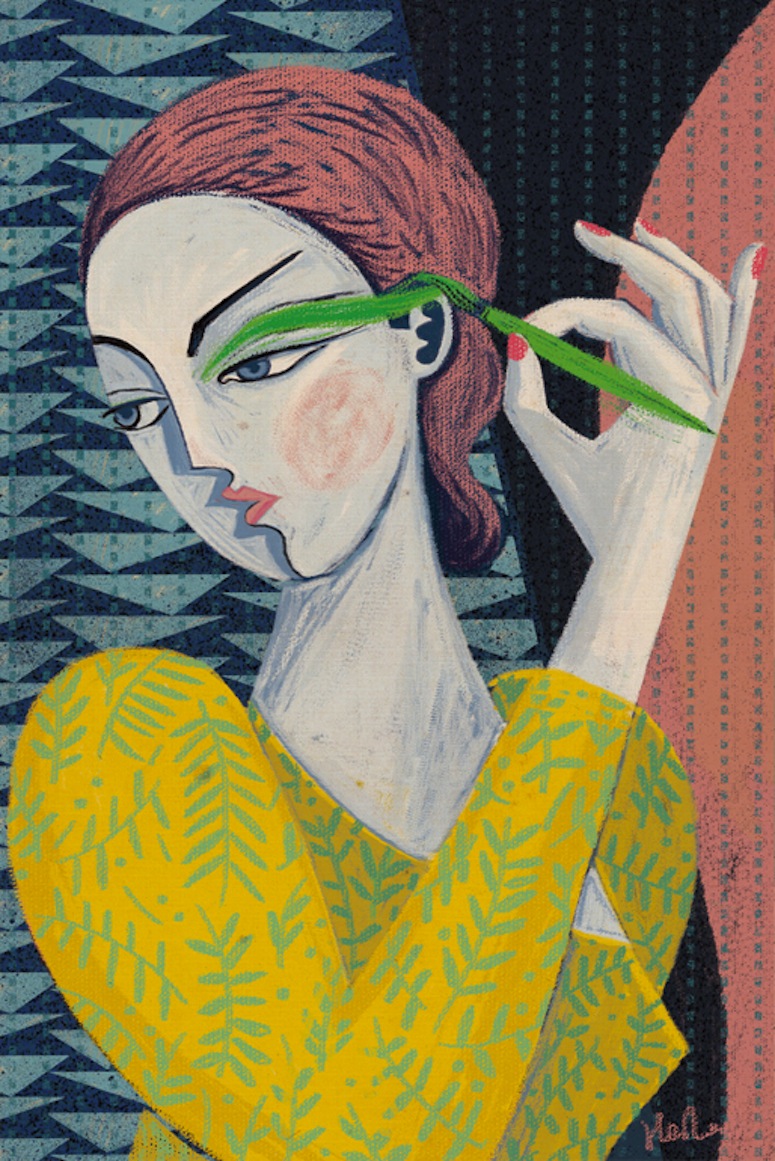
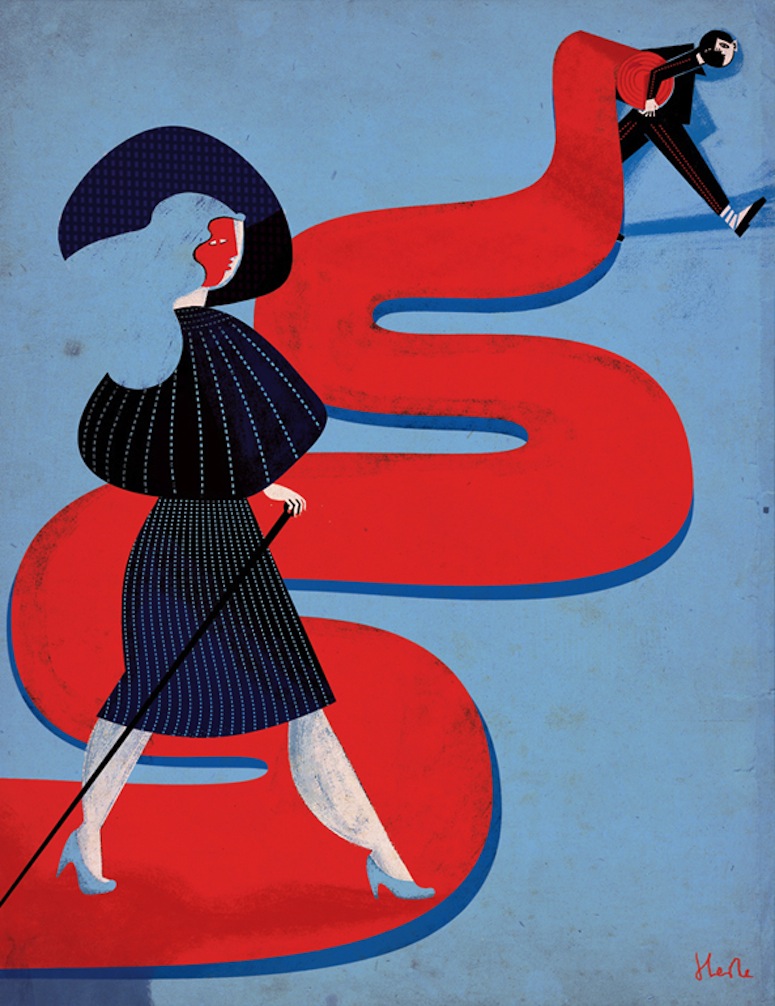
The post Vintage-Inspired Illustrations by Gosia Herba Are Sorta Dark… And I like It appeared first on Brown Paper Bag.








About 3 months ago photographer Dan Tobin Smith set up a website to ask the public to donate kipple: junk that was lying around their house. "It's time to free yourself of the pointless or unused objects in your life," read the plea. "Give them a purpose as part of Dan Tobin Smith's installation for the London Design Festival 2014."
Sure enough, the donations began coming in and in no time at all Smith had enough junk on his hands to create a sprawling installation that filled an entire floor and mezzanine, "carpeting 200-square-metres with a dense, precise, chromatically-themed arrangement of thousands of objects." The objects are so carefully placed that gradients seem to blend together seamlessly.
The fictional word Kipple was coined by science fiction writer Philip K Dick. Kipple appears in his 1968 novel "Do Androids Dream of Electric Sheep" (the film adaptation was Blade Runner) and is used to describe useless, pointless stuff that humans accumulate. It served as the inspiration for Smith's installation "The First Law of Kipple," which was part of London Design Festival this month. (via Creative Review)